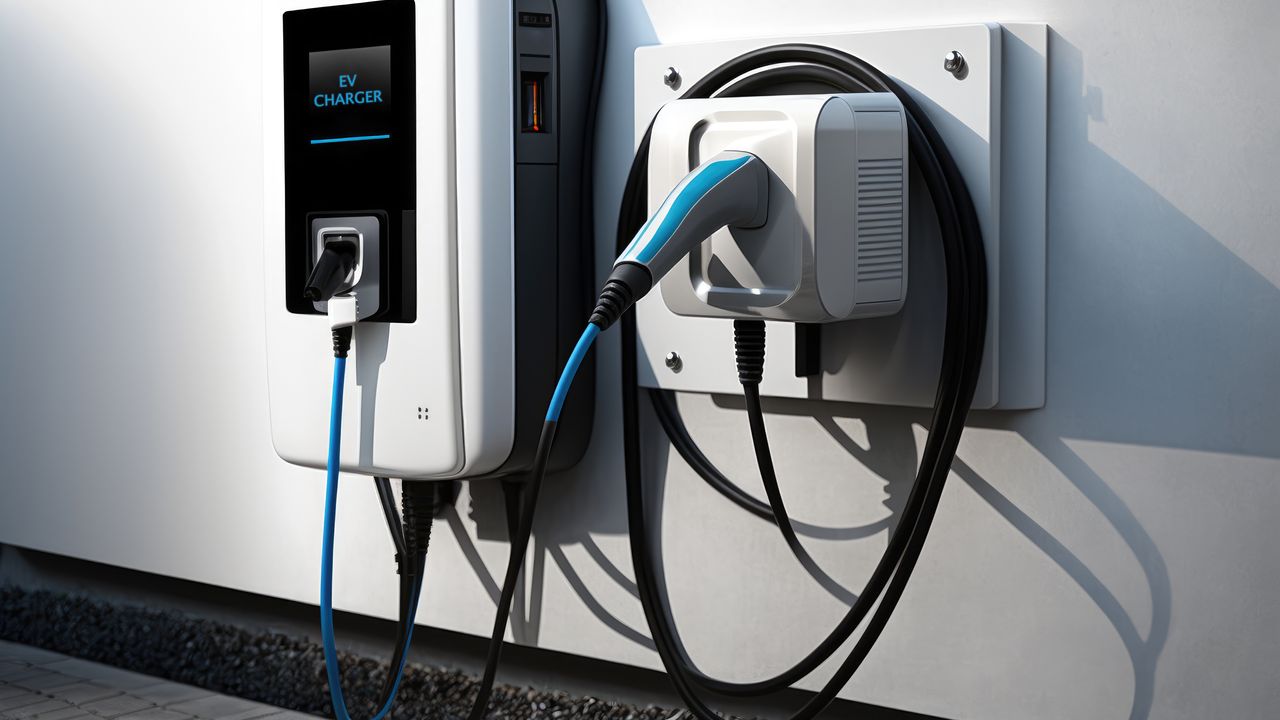EV Charging Session Monitoring: A Closer Look at Charging Session Demand Response, Charging Session Charging Profiles, and Charging Session Transaction Details
Electric vehicles (EVs) are becoming increasingly popular as more people recognize the need for sustainable transportation options. As the number of EVs on the road continues to grow, so does the demand for efficient and reliable charging infrastructure. One crucial aspect of managing EV charging stations is monitoring the charging sessions to ensure smooth operations and optimize the charging experience for users. In this article, we will delve into the importance of EV charging session monitoring and explore three key elements: charging session demand response, charging session charging profiles, and charging session transaction details.
Charging Session Demand Response
Charging session demand response refers to the ability to manage and control the charging load based on the grid’s capacity and demand. It allows charging station operators to balance the power requirements of EVs with the available supply, preventing overloading or strain on the electrical grid. By monitoring the charging sessions in real-time, operators can implement demand response strategies such as load shedding or load shifting to optimize the charging process.
For example, during periods of high electricity demand, charging stations can reduce the charging rate or temporarily pause charging to avoid overwhelming the grid. On the other hand, during periods of low demand, charging stations can increase the charging rate to take advantage of excess capacity. Charging session demand response not only ensures the stability of the grid but also enables cost optimization and efficient energy utilization.
Charging Session Charging Profiles
Charging session charging profiles provide detailed information about the charging behavior of EVs during a session. This includes data on charging rates, charging duration, and energy consumption. By analyzing charging profiles, operators can gain insights into the charging patterns of different EV models and adjust the charging infrastructure accordingly.
For instance, if certain EV models consistently require longer charging times, operators can allocate dedicated charging stations or adjust the charging rates to accommodate these vehicles. Charging session charging profiles also help identify any anomalies or issues during the charging process, such as unusually high energy consumption or charging interruptions. This information allows operators to proactively address any potential problems and ensure a seamless charging experience for EV users.
Charging Session Transaction Details
Charging session transaction details encompass the financial and user-specific information associated with each charging session. This includes data such as the duration of the session, the amount of energy consumed, and the cost of the charging session. Monitoring and analyzing these transaction details enable operators to accurately bill users for their charging usage.
Moreover, transaction details can provide valuable insights into the overall usage patterns of the charging stations. By analyzing the data, operators can identify peak usage hours, popular charging locations, and user preferences. This information can be used to optimize the charging infrastructure, improve user experience, and plan for future expansion or upgrades.
Conclusion
EV charging session monitoring plays a vital role in ensuring the efficiency, reliability, and sustainability of charging infrastructure. By implementing charging session demand response strategies, analyzing charging session charging profiles, and monitoring charging session transaction details, operators can optimize the charging process, balance grid demand, and provide a seamless experience for EV users. As the adoption of EVs continues to rise, investing in robust monitoring systems becomes increasingly important to support the growth of sustainable transportation.
